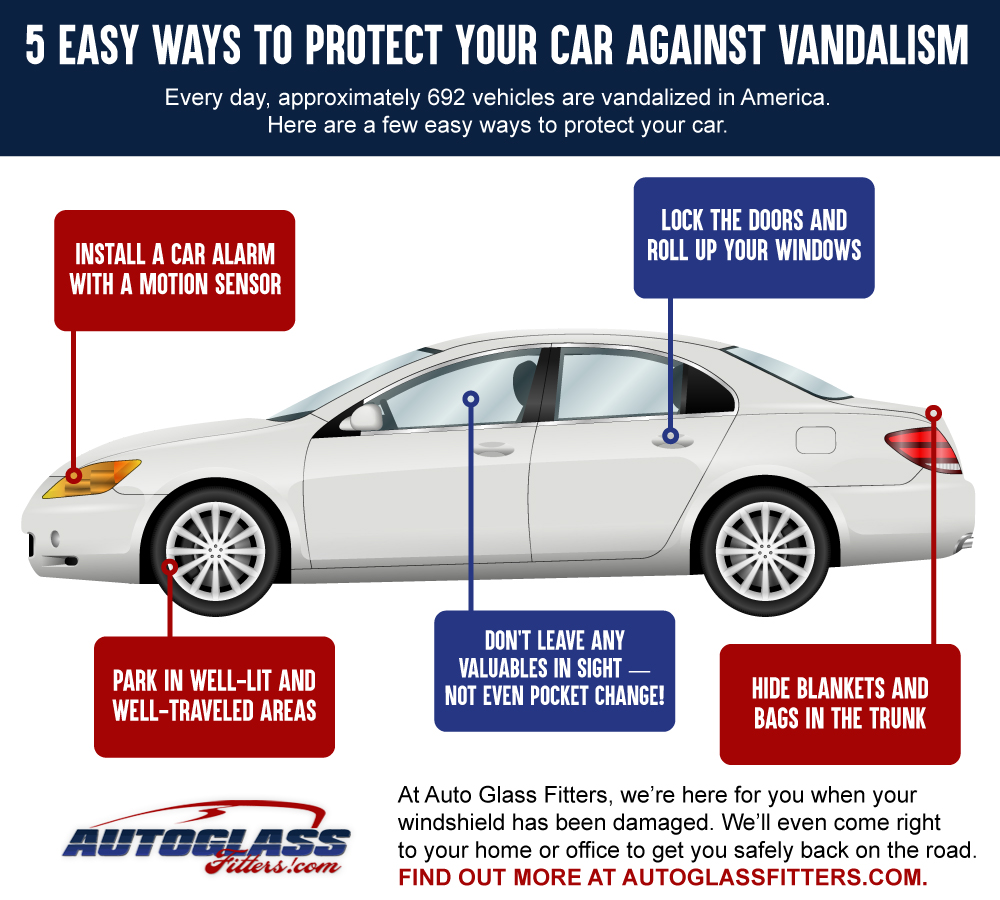The Most Efficient Stress Washing Techniques For Different Surfaces
The Most Efficient Stress Washing Techniques For Different Surfaces
Blog Article
Post Written By-Bryant Markussen
When it comes to press cleaning, the technique you pick can make all the difference in attaining a tidy, streak-free finish. You might find that hard surface areas, like concrete, require a various technique than softer materials, such as timber or vinyl. It's necessary to adapt your approaches to the surface kind to avoid damages while taking full advantage of cleaning effectiveness. So, what are the best techniques for every surface area, and exactly how can you ensure you're utilizing the best settings and devices for the work? Allow's discover what you need to know to get the best results.
Tough Surfaces
When it pertains to pressure washing difficult surface areas, prep work is essential. Before you even think of pulling out the stress washing machine, put in the time to get rid of the area of any kind of debris, furniture, or challenges. You don't want anything getting in your way or possibly damaging your devices.
Next, inspect the surface area for any kind of splits or damages; this will aid you establish the appropriate technique and stress setups.
When you have actually prepared the area, it's important to pick the appropriate nozzle. For difficult surface areas like concrete or brick, a narrow nozzle (15 or 25 degrees) works best to give a focused stream of water that can successfully remove crud and stains. Constantly start at https://www.nytimes.com/wirecutter/guides/how-to-clean-a-sofa/ and slowly relocate closer to prevent any type of surface area damages.
As you begin washing, maintain the stick transferring to prevent touches and over-saturation. It's additionally practical to function from the top down, permitting dust and particles to remove naturally.
Ultimately, bear in mind to wash the surface area thoroughly after cleaning to get rid of any type of remaining cleaning agent. With these strategies, you'll attain a tidy and renewed appearance on all your tough surface areas.
Soft Surfaces
Pressure washing soft surfaces requires a gentler strategy to secure them from damages. Whether you're cleaning your deck, outdoor patio furnishings, or home siding, utilizing excessive pressure can result in damages, scrapes, or even irreversible injury.
Begin by choosing a low-pressure nozzle, preferably a 25-degree or broader spray pattern, to spread the water extra gently.
Prior to you begin, it's critical to pre-treat any type of stains with a suitable cleaning solution. This step allows the cleaner to pass through the dirt and grime, making it easier to remove without scrubbing also hard.
Always use the service from the bottom approximately stop streaking.
When you start stress washing, preserve a range of a minimum of 12 to 18 inches from the surface area. Relocate your wand in a sweeping movement, keeping it alongside the surface to avoid focused stress on one area.
Wash the location completely after cleansing to remove any type of residual cleaner.
Last but not least, inspect the surface area for any type of missed out on places and duplicate the process if essential. By following these actions, you can properly tidy soft surface areas while preserving their stability and appearance.
Specialized Surfaces
Cleaning soft surface areas requires treatment, but specialized surfaces require even more attention to information. When you tackle these surface areas, like delicate timber, stained concrete, or specific kinds of house siding, using the right stress cleaning methods is vital to prevent damages.
Initially, evaluate the material. As an example, treated timber can typically withstand modest pressure, yet softer woods like cedar might call for a lower setting. Always begin with window screen cleaning and gradually increase if necessary.
For discolored concrete, utilize a fan spray nozzle and preserve a constant range to prevent etching the surface.
When dealing with surface areas like vinyl siding or painted surfaces, a broad spray pattern helps distribute the pressure equally, shielding the coating.
It's also a good idea to use cleaning agents specifically made for specialty surface areas. They can enhance cleansing without compromising the material.
Wash thoroughly after cleaning to eliminate any kind of residue, as it can result in discoloration or wear and tear in time.
Final thought
To conclude, understanding stress washing techniques for various surfaces can make all the distinction in your cleansing results. For tough surfaces, stick to slim nozzles and a top-to-bottom strategy, while soft surfaces need a gentler touch with wider nozzles. Do not forget to pre-treat spots and rinse extensively to avoid deposit. By adapting your approaches to every material, you'll not just achieve a cleaner surface but also safeguard the stability of your surface areas. Happy cleansing!
